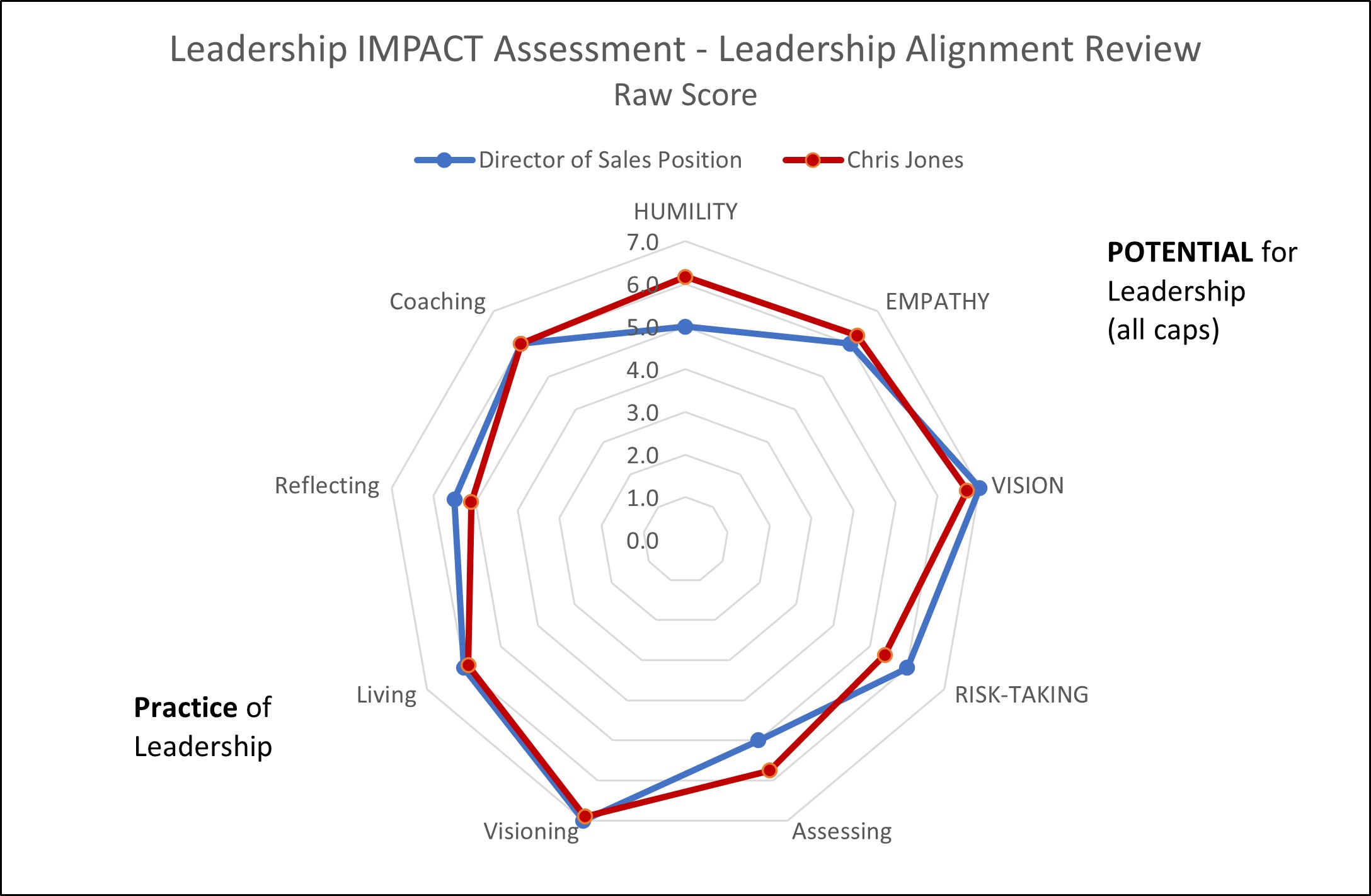According to Gallup, organizations fail to choose the right candidate with the right talent for the right position 82% of the time. On the surface, that figure may not seem likely, but it’s supported by another Gallup study that states 90% of people don’t believe the person they report to is leadership ready. This is likely because many promotions and assignments are based on functional expertise – not leadership ability. A brilliant individual contributor doesn’t automatically make a great team leader. Misaligned assignments lead to team disengagement, poor performance, and high turnover.
As it is easier to find the right functional expertise, the Elite Leadership Academy sought to create a solution to help organizations hire and promote people based on their leadership abilities. This solution is based on the extensively researched and proven Leadership IMPACT Assessment™ framework used for several years to measure and track leadership growth, improve retention of high-impact leaders and identify toxic leaders. The goal is to help organizations select the right person with the right leadership abilities for the right opportunity at the right time.
Using a position description for ACME Tools, Director of Sales position description, our proprietary AI model helps organizations identify misaligned leaders based on the position requirements and their leadership skillset. The leadership dimensions are rated on a 7-point Likert scale with three justifications provided for each rating. The results are compared to the population average of all who have taken the assessment as well as to people at the same organization level in the database. Recommendations are provided after the analysis to help ACME assess the leadership situation and how to determine a leaders suitability for the position.
Cost of Misaligned Leadership Assignments
Assigning or promoting the wrong leader to a position is very costly in terms of lower engagement, morale and productivity by the team they are charged with leading. It can also increase turnover, especially by high performers or high potential team members, since they are usually the most marketable and most likely to leave. Studies have put the cost of low engagement at $12,000 per year per misaligned assignment. In an organization of 1,000 employees with a misaligned assignment rate of 82%, the annual costs could be $9.8 million annually. The costs are even higher if substantial turnover is involved. Even with a lower misalignment rate, the costs can still be very substantial.
Leadership Position Profile Analysis
Based on the description for ACME’s Director of Sales position, a leadership position profile can be created using the dimensions and leadership behavior definitions utilized in our Leadership IMPACT Assessment™ framework.

Position Description Summary:
- Top Priorities (7/7): Vision, Visioning
- High Priorities (6/7): Empathy, Risk-taking, Living, Coaching & Mentoring
- Moderate Priorities (5/7): Humility, Assessing, Reflecting
- Low Priority (4/7): None
Sample individual ratings with justifications are as follows:
1. Humility – Rating: 5
Justifications:
- Promotes collaborative decision-making by valuing input from internal managers and independent reps.
- Demonstrates respect for others’ expertise when working across diverse sales teams and departments.
- Fosters trust and team cohesion by leading with professionalism and openness rather than hierarchy.
2. Empathy – Rating: 6
Justifications:
- Builds strong customer and team relationships by understanding client and employee perspectives.
- Motivates and develops sales teams through awareness of individual strengths and challenges.
- Responds effectively to customer and partner needs, ensuring responsiveness and satisfaction.
Using our AI model to analyze a comprehensive position description using a 7-point Likert scale, leadership alignment can easily be determined. Pat Smith is currently misaligned to the Director of Sales position as they are below on several leadership dimensions. Conversely, Chris Jones is closely aligned to the position demonstrated by their assessment being close to or above the dimensions in the model.


By following this framework, an organization can reduce misalignment resulting in higher team engagement, better performance, and lower turnover.
The individual position description can also be compared to our Population Average (all who have take the assessment) and to all of the individuals at the same organization level in the database.
To learn more about our leadership misalignment solution, please contact us to schedule a brief strategy session.
Additional Reading:
- The 4 Seasons of Building a Winning Leadership Management Culture
- Tales From the Leadership Front: The Leadership Alignment Prescription
- Transforming Nursing Leadership with LeadershipRM™ – A Case Study
- Reducing Costly Leadership Misalignment
- Tales From the Leadership Front: Aligning for the Future: How One Biotech Leader Transformed His Organization
- 4 Choices That Result in Costly Leadership Misalignment
- 3 Leadership Management Pain Points That Are Costing You Money



